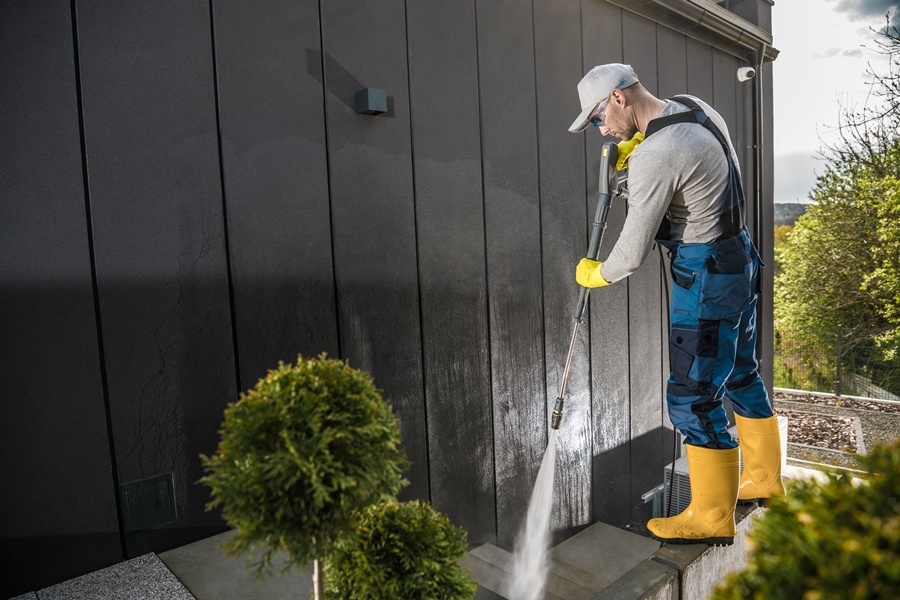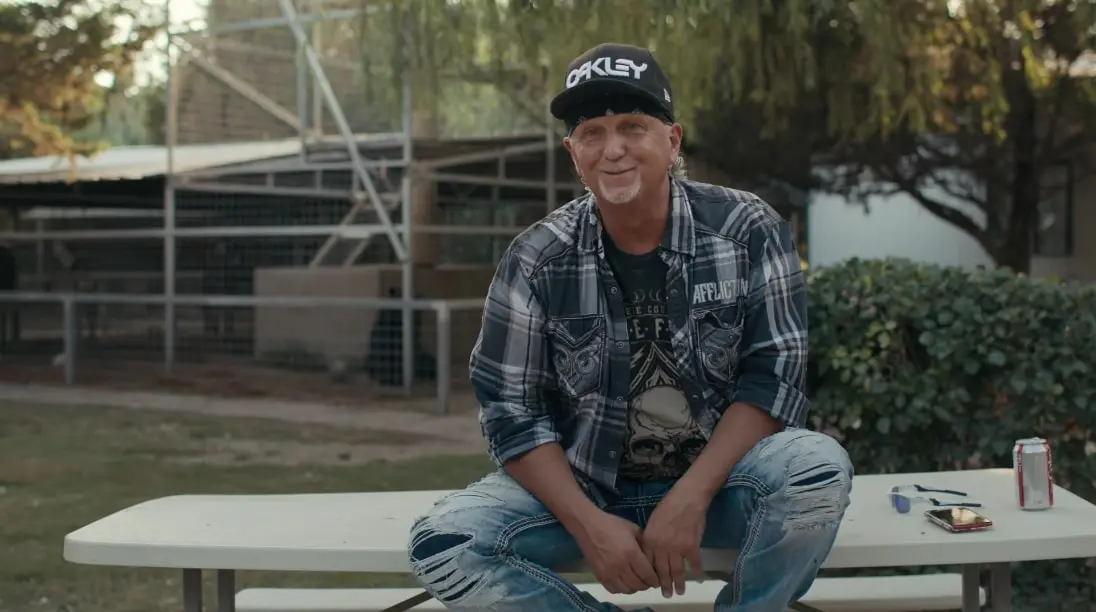Buildings wear coats made of sleek, durable outer layers called architectural cladding. These materials shield structures from weather, wear, and time. They also elevate a building’s aesthetic.
While cladding adds glamour and strength, it also needs regular care. Cladding is not just a skin. It is armour. Without proper upkeep, it can crack, fade, or fall apart.
So in this guide, you will discover why maintenance matters and how to do it right.
Why Cladding Needs Maintenance
Cladding faces everything. Rain, Sun, dust, wind, and whatnot. Day and night, it endures. So if ignored, your cladding may lose its strength. It may also lose its sheen. Moisture can seep in. Panels can loosen. Mould might grow. Corrosion may creep.
These are not just cosmetic issues. They can lead to structural risks. But good maintenance prevents decay. It prolongs lifespan and saves money in the long run.
Types of Cladding and Their Maintenance Needs
Different cladding types have unique temperaments.
Metal Cladding
Aluminium. Steel. Copper. Zinc. These metals are popular.
- They look sleek.
- They resist fire.
- They last long.
Yet, they are not invincible. They need regular rinsing with mild detergent. However, it’s important to avoid harsh chemicals. Use anti-corrosion treatments if needed. Keep drainage paths clear.
Timber Cladding
Timber cladding brings warmth and texture, but it is high maintenance. Clean it yearly. Apply oil, stain, or paint. Seal cracks quickly. Sand back peeling areas. Watch out for termites. It needs love to stay lively.
Stone Cladding
Natural stone looks eternal—Granite, limestone, slate, etc. These speak of luxury, but even stone can stain. Moss and algae can take hold. Acid rain can pit surfaces. So, consider pressure washing gently with a pH-neutral cleaner. Reseal porous surfaces every couple of years. Inspect for chips and cracks. Repair with care.
Composite Cladding
Engineered boards offer the best of both worlds.
- They mix wood fibres and polymers.
- They resist rot and fading.
- They are often low-maintenance.
But low does not mean none. Clean twice a year, wipe off grime, and check for movement or warping. You’re good for years! Some types require recoating; if so, follow manufacturer guidelines.
Fibre Cement Cladding
This material is tough. It resists insects and fire. It can mimic wood or stone. Yet it needs occasional washing. Rinse off dirt. Remove mildew with diluted bleach. Look for chips at the edges. Paint touch-ups may be needed. Avoid impact damage.
Key Maintenance Tasks
Maintenance is not guesswork. It is a checklist. Follow these essential steps to keep the cladding flawless.
1. Routine Cleaning
Dust dulls beauty.
Clean your cladding at least twice a year. Use water, a soft brush, and mild soap. Do not use pressure washers on weak materials. Rinse thoroughly. Avoid letting soapy residue sit. Cleaning restores brightness and slows decay.
2. Inspection
See before you fix. Look at every corner. Scan every panel. Are there cracks? Are the panels loose? Is there staining? Is sealant missing? Walk around the building. Use binoculars for high spots.
Do this twice a year. Early detection saves money.
3. Recoating
Some cladding needs a fresh coat. For timber, re-oil or repaint every 2–4 years. For metal, apply rust-resistant paint when needed. For stone, use breathable sealers. Always clean before recoating. Do not skip preparation.
4. Re-sealing Joints
Joints protect against water. Over time, they crack or shrink. So, check sealants regularly. If brittle or missing, replace them. Use high-quality, weatherproof sealant. Apply in dry weather. Clean joints before sealing. Poor seals can cause major water damage.
5. Addressing Biological Growth
Green is not always good. Algae, mould, and lichen—These can spread fast and look ugly. They also trap moisture. Scrub with soft brushes. Use a fungicidal wash if needed. Wear gloves. Do not let them root deep. Keep vegetation trimmed back from the building.
Seasonal Considerations
Seasons affect cladding differently. Tailor your care to the weather.
Summer
UV rays are harsh.
- Look for warping.
- Clean off dust and pollen.
- Reseal if necessary.
- Check for fading colours.
Autumn
Leaves block gutters, and water backs up. Moisture can pool behind panels.
- Clear leaves promptly.
- Inspect joints and downpipes.
- Prep for the cold.
Winter
Ice expands in gaps and cracks the surface.
- Avoid using salt near the cladding, as it corrodes metal.
- Brush off snow gently.
- Inspect for frost damage.
Spring
Time for deep cleaning.
- Remove the grime built up during winter.
- Repaint or recoat.
- Check for winter-related cracks.
- Refresh your sealants.
Common Mistakes to Avoid
Neglect is one enemy, while improper methods are another. Many make avoidable errors, such as:
- Using high-pressure washers:
These can blast off coatings or crack panels.
- Ignoring manufacturer guidelines:
Each material has different care rules.
- Delaying minor repairs:
Small cracks grow big fast.
- Using the wrong chemicals:
Some cleaners bleach or corrode.
- Skipping safety:
Always use harnesses or scaffolds for high places. Do not balance on ladders unsafely.
Professional vs DIY Maintenance
You can do a lot yourself, but not everything. DIY saves money. Yet, professionals bring expertise. For high-rise buildings, hire trained technicians. For complex cladding types, get specialist advice. Annual professional inspections are wise. They catch what you might miss.
Final Thoughts
Cladding is more than decoration. It is the outermost defence of a structure. Like armour, it needs cleaning, inspection, and repairs. It rewards care with long life and lasting appeal. Do not wait for signs of damage. Be proactive.
If you first need professional help to install architectural cladding, seek the experts at Claddco.















